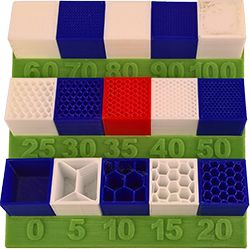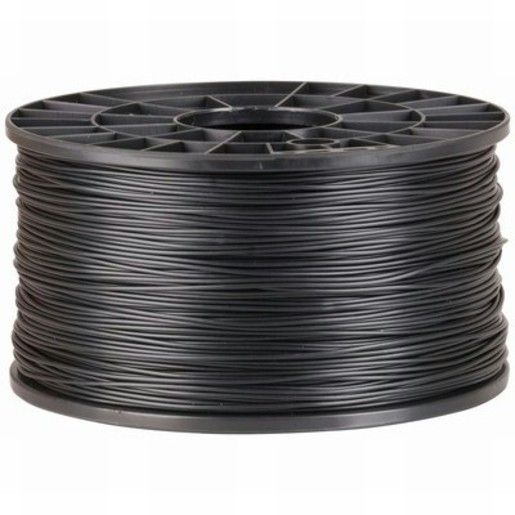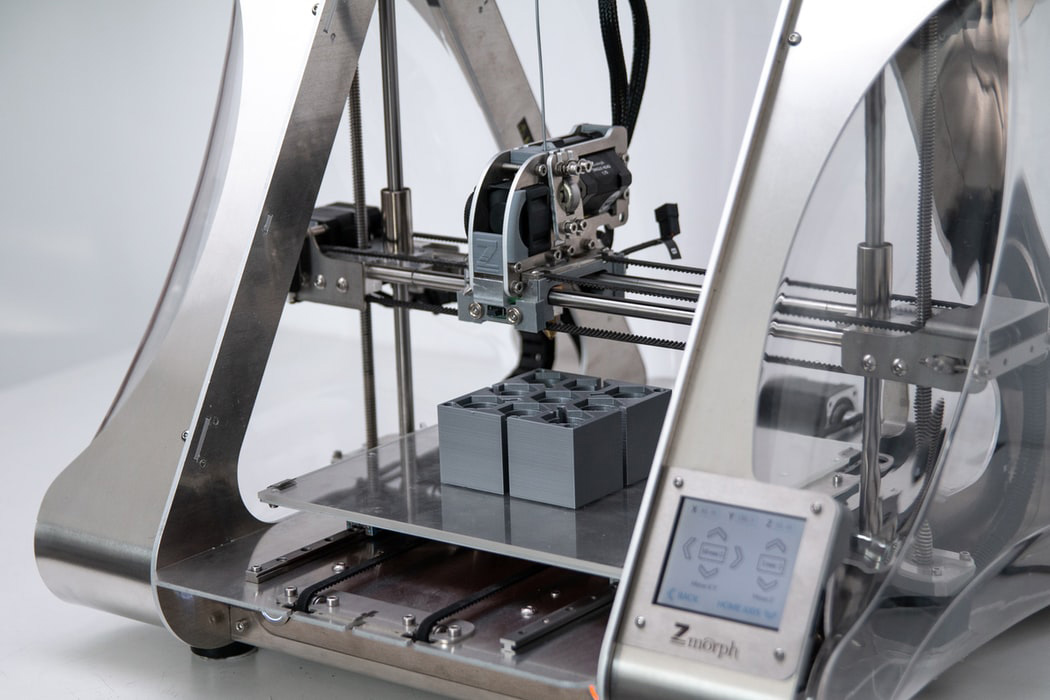DON’T BUY A 3D PRINTER UNTIL YOU READ THIS!
OK – so maybe it’s not a warning, but we do want to make sure you understand a few basic principles of 3D printing before you dive in. You may end up purchasing a unit that either do too little, or too much for your intended purpose.
3D printing is changing the way we produce things. Instead of buying a physical item from a store or having a professional manufacturer make a prototype of your idea, you can now print it in your home, office, workshop, etc. There’s no tooling necessary which opens up a world of opportunity to the designer – or everyday joe just wanting to make cool stuff. There’s also an element of self-sufficiency and novelty: the notion that you not only sourced an item locally but made it yourself! If you’re not a designer, there’s a number of 3D printing libraries online where you can download free CAD drawings which you can print, and at the same time interact with other fans on tips and processes. 3D printing is a fun, exciting and quickly evolving world.
But how exactly does 3D printing work, and what do you need to know to get started 3D printing your own projects?
3D printing is an “additive production process”. That means that it prints a 3D item in hundreds (or even thousands) of super-thin horizontal layers from the bottom up to form a solid object. Due to this layering process, the printer can create hollow objects, intricate internal components, and moving parts like hinges and wheels inside a solid case – which you cannot achieve with traditional manufacturing. The objects you’re planning on 3D printing will determine what quality and capabilities you need your 3D printer to have.
WHAT IS “Z RESOLUTION”?
In 2D printing, we talk about “DPI” (dots per inch) with the general rule being – the finer the dots, the higher the resolution and the sharper the printed image. In 3D printing, this is the layer thickness or “z resolution” – the finer the layer, the smoother and more detailed the printed object will be. For example, if you have a 100mm height print, which is made up of 0.5mm layers, your printer will use 200 layers to create the object. If you print the same object with a printer capable of just 0.1mm layers, the printer will require 1000 layers to produce the same object – but the detail will be finer and the result generally smoother. Of course, most printers have an adjustable z resolution so you can fine-tune the output to find a balance between speed and quality, within certain parameters. These decisions are also based on the diameter of the extrusion nozzle, and as filament comes in two basic sizes – it does affect the quality of the printed object.
WHAT IS “INFILL”?

Infill is a repeating structure used to fill the empty space of your 3D prints. As well as improving the visuals on some prints, it can also improve strength or load-bearing characteristics. Often, too high an infill setting may be overkill. This helpful image will give you an idea of what kind of settings you need for your prints. Click the image to view a high-resolution version.
FILAMENT WHAT SIZE AND TYPE DO I NEED?

3D filament comes in two basic sizes: 1.75mm and 3mm. The 1.75mm filament is great for small parts and intricate detail. The printer doesn’t have to work as hard to melt and push the filament through the extruder head which translates into more control over the rate the filament is fed through the head. It will take longer to build large parts using this filament size and is generally more expensive than the 3mm option. If you’re building larger components, 3mm is likely the better option for you. You won’t get as crisp a finish as the 1.75mm because the printer has to work harder to feed it through the extruder head and therefore loses some control, but it’s faster and cheaper, and still looks great.
SINGLE VS. DUAL EXTRUSION
Single extruder heads are perfect for printing single colour (and single material) designs. Dual extrusion allows for printing two different coloured filaments at once and laying down both filament and support material at the same time. Of course you can print support material with the same filament as your object, however, if you’re printing primarily with ABS, you can use a PLA filament for support. This can then be semi-dissolved to easily break away from your printed object. Some 3D designs (usually those with moving parts, hollow internal areas, or free parts inside an outer structure) can really benefit from this process. Also, keep an eye out for an emerging range of water-soluble filaments for this purpose too! Dual extrusion eliminates the hassle of switching back and forth between different colours/types of filament. If you want to experiment with complicated multi-filament designs then investing in a dual extruder printer will save you some time.
HOW BIG CAN YOU PRINT?
Your design’s largest single piece will always be limited to the “maximum print size” of your printer which is dictated by the size of the baseplate, and the printer’s z-height capability. If your printer’s max print area is too small for your design, you can print an object in separate vertical parts and then glue the pieces together. Unless the design deliberately considers interlocking parts, however, the finished quality is sometimes dubious (especially if the layers don’t align exactly). Therefore, we suggest you select a 3D printer with a maximum print size suited to the size of prints you intend to make.
HOW LONG WILL IT TAKE?
This is dependent on a number of variables, such as the complexity of the object to be printed, the filament size and type, the extruder head type and z resolution. It also depends on the quality of the printer you are using. You can always speed things up but you’ll generally sacrifice the quality of the output. It’s important to remember that speed isn’t everything. When it comes to 3D printing, slow and steady usually wins the race. Most 3D printing programs will advise you of the expected printing time once the drawings and settings have been uploaded.
3D printing is loads of fun. Whether you just want to have a go at creating something from (virtually) nothing, or genuinely have a need to create unique objects, we’re confident you’ll find a quality printer option amongst our range of 3D printers. We also have dozens of suitable filaments, including some very interesting options like glow in the dark, metal-look, and much more.
PRINTER TROUBLESHOOTING
3D Printers have come a long way over the years and they are now easier to service and maintain. Each printer should come with a little tool kit for you to disassemble and repair when needed. We will maintain a series of guides for you to browse whenever you have an issue so that you can easily get in and service your printer without the costly or slow repairs through a 3rd party.
If you find an issue that we do not have here, get in touch with your local store; we can work on a solution and provide the information to others on this webpage.
Some of this information is for specific models, or others might be general in nature, but the process will generally be similar for all types of 3D printers.
Clogged Extruder
Possible Causes
- Improper unloading of filament
- Blocked extruder during print
- Overheating of extruder

